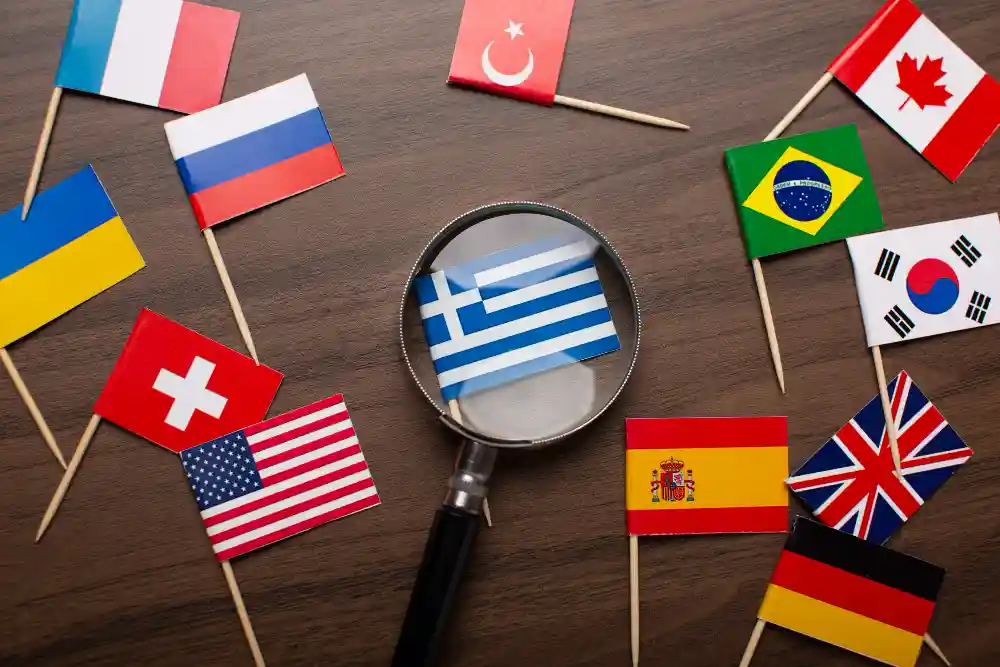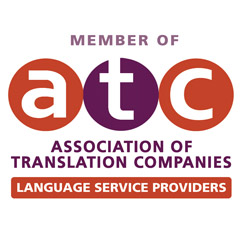Translating your website is a key strategic decision. Nowadays, reaching a global audience can make the difference between growing or stagnating. That’s why doing it right is essential. If done properly, it can attract new customers, improve SEO, and increase conversions.
But where should you start? In this article, we explain how to translate your website correctly. Plus, we offer practical tips to avoid common mistakes.

Why Should You Translate your Website?
First, think about this: millions of people browse the internet every day. Many of them don’t speak your language. If your site is only in one language, you’re missing out.
By translating your website, you can:
- Reach more users.
- Improve customer experience.
- Increase sales.
- Rank higher in foreign markets.
Sounds great, right? However, translation is more than changing words. It goes much deeper.
Translation vs. Localization
It’s important to know the difference between translating and localizing. Translating means converting text from one language to another. Localizing means adapting content to a specific culture.
For example, if you sell clothes, in Spain people say “jersey”, but in Mexico they say “suéter”. If you don’t adapt to your site, you may confuse your visitors.
So, what should you do? Always combine both approaches. That way, you ensure clear and natural communication.
Avoid Automatic Translators
Using tools like Google Translate may seem tempting. They’re fast and free. But they’re not accurate. In fact, they can harm your brand image.
Translation errors affect users’ trust. If a visitor sees a poorly written phrase, they might leave your website.
That’s why human translators are your best option. Even better if they are native speakers of the target language.
Choose your Languages Wisely
Before starting, analyze your audience. Where do your visitors come from? What languages do your current or potential clients speak?
You don’t need to translate into ten languages at once. Start with one or two. The important thing is to do it right.
Google Analytics and other tools help you see where your traffic comes from. That data is key.
Use a Translation Plugin Compatible with Elementor
If you work with Elementor, several plugins can help a lot. Some of the most popular are:
- WPML
- TranslatePress
- Weglot
- Polylang
These plugins let you translate each section of your site. Plus, they’re easy to use and Elementor-friendly.
You can keep your original layout and only change the content. This saves time and ensures consistency.
Optimize for Multilingual SEO
Don’t forget about SEO. Each version of your site should be search engine optimized. That includes:
- Translated meta tags.
- SEO-friendly URLs in each language.
- Language-specific keywords.
- Proper use of hreflang tags.
This helps Google understand your multilingual content. That way, it shows your site to the right users.
Also, if each language has its own URL, you’ll have more chances to rank well.
Translate Images and Files too
People often forget something important: the text in images. If your banners or infographics contain text, you must translate them.
The same applies to downloadable files, like PDFs or catalogs. If they stay in one language, the experience feels incomplete.
Also, adapt dates, currencies, and measurement units. This makes everything easier to understand for your visitors.
Test and Review before Going Live
Once you finish translating, don’t publish immediately. Review everything carefully. Test your navigation. Make sure everything works.
Ask a native speaker to read the text. They’ll notice details you might miss.
And if possible, run A/B tests. That way, you’ll know which version performs better or gets more engagement.
Don’t Forget Customer Support
Translating your website isn’t enough. You also need to offer support in the chosen languages.
It makes no sense to have a French site if you can’t answer questions in French.
So, train your team. Or hire people who speak the required languages. This greatly improves user satisfaction.
Keep Your Site Updated
A website isn’t static. You’ll probably change texts, add products, or launch promotions.
That’s why you need a system to keep all versions updated.
Otherwise, your pages may look inconsistent. And that hurts your image and your ranking.
Conclusion
Knowing how to translate your website correctly can be a turning point for your business. It’s not just about translating text. It’s about connecting with your audience in a clear and effective way.
With the right tools, a solid strategy, and trusted professionals, you can take your brand global.
And remember: a good translation not only informs you, but it also convinces.
Finally, if you need more information visit How to Guarantee the Confidentiality of Your Documents?



